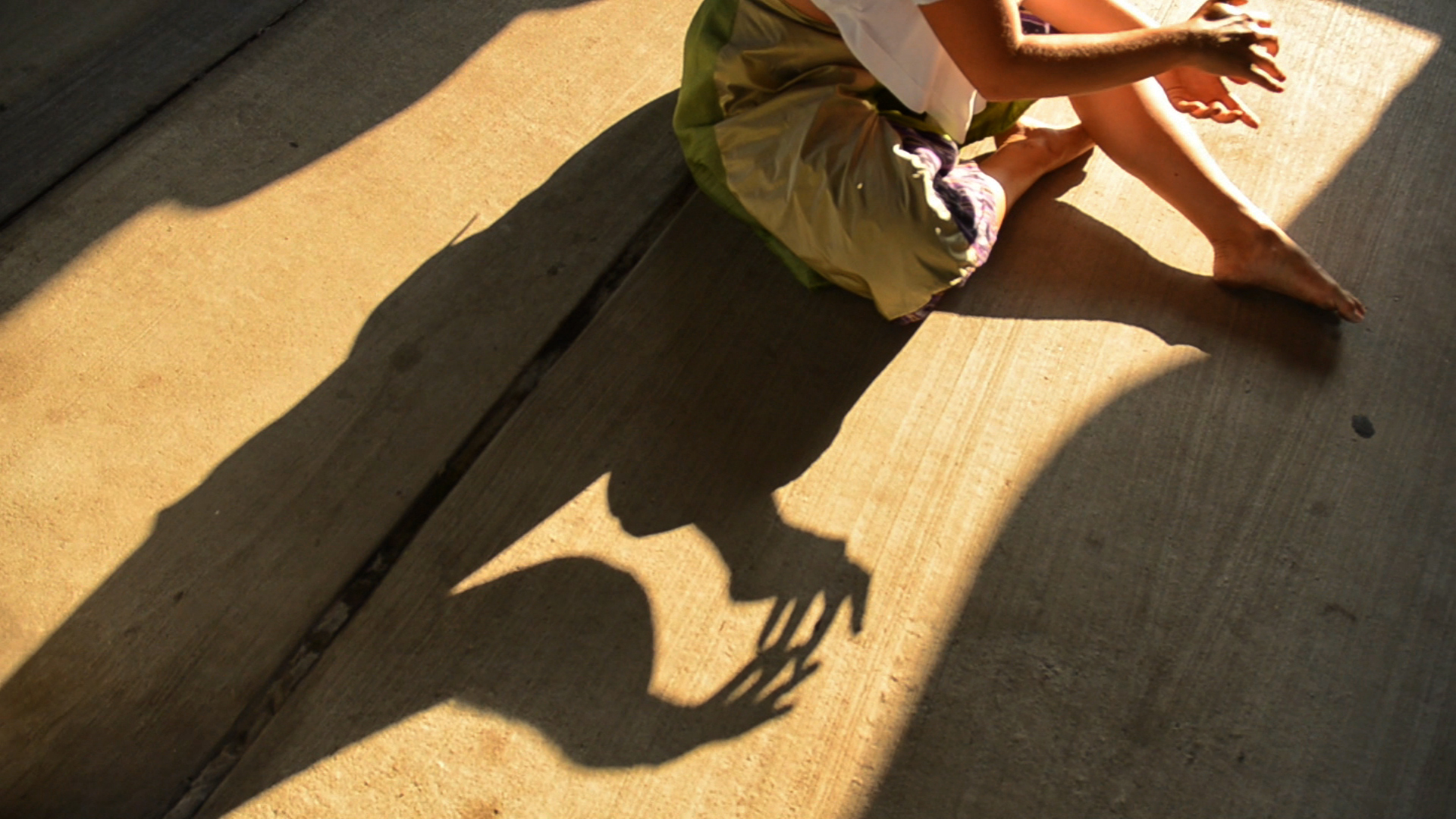
What is a memento? How do you define that? How does your perception change when you get further away from the source? These are some of the questions “artistic architect” and dancer Andrea Cerniglia asks in Catch and Release presented this weekend at The Hairpin Arts Center. In this new program, her company, dropshift dance, explores memory perception and recall by creating an interactive performance experience with dancers, roving musicians and textile artwork. The goal is to create a balance between the three disciplines, while letting the audience decide how they view the show.
This non-traditional platform altering how and what the audience sees by letting them control the watch time and viewpoint is something she’s been experimenting with recently during her ninth season with Zephyr Dance. Although she’s been with the local company since 2004, after stints with RTG Dance and Chicago Moving Company, Cerniglia, 32, started presenting her own work in 2010. “I have a point of view and to develop that, I have to produce my own work”, she said. “It was a gradual process, but it was the next logical step.” As director, or architect, she wears many hats, but is learning and growing in the process. An example is the much-dreaded deed of grant writing. “It’s tedious, but a necessary evil,” said Cerniglia. “You do so many edits that it forces you to be more articulate. I’ve learned a lot about myself and became a better writer.”
Along with Cerniglia in Catch and Release will be three dancers, musicians Weldon Anderson (double bass) and Bob Kessler (harmonica, acoustic and electronic loopers), moving through textiles/sets by artist Ashley Sullivan with costumes (and set consultation) by Heiki Dakter. “The way that the performance space is set up will allow the viewer to literally be caught in one moment, while having the opportunity to release themselves and go view something else,” she says. “At times, the audience will have to choose how long to stay with a certain part of the performance as overlap may suggest that they leave one part of the space to go see another.”
